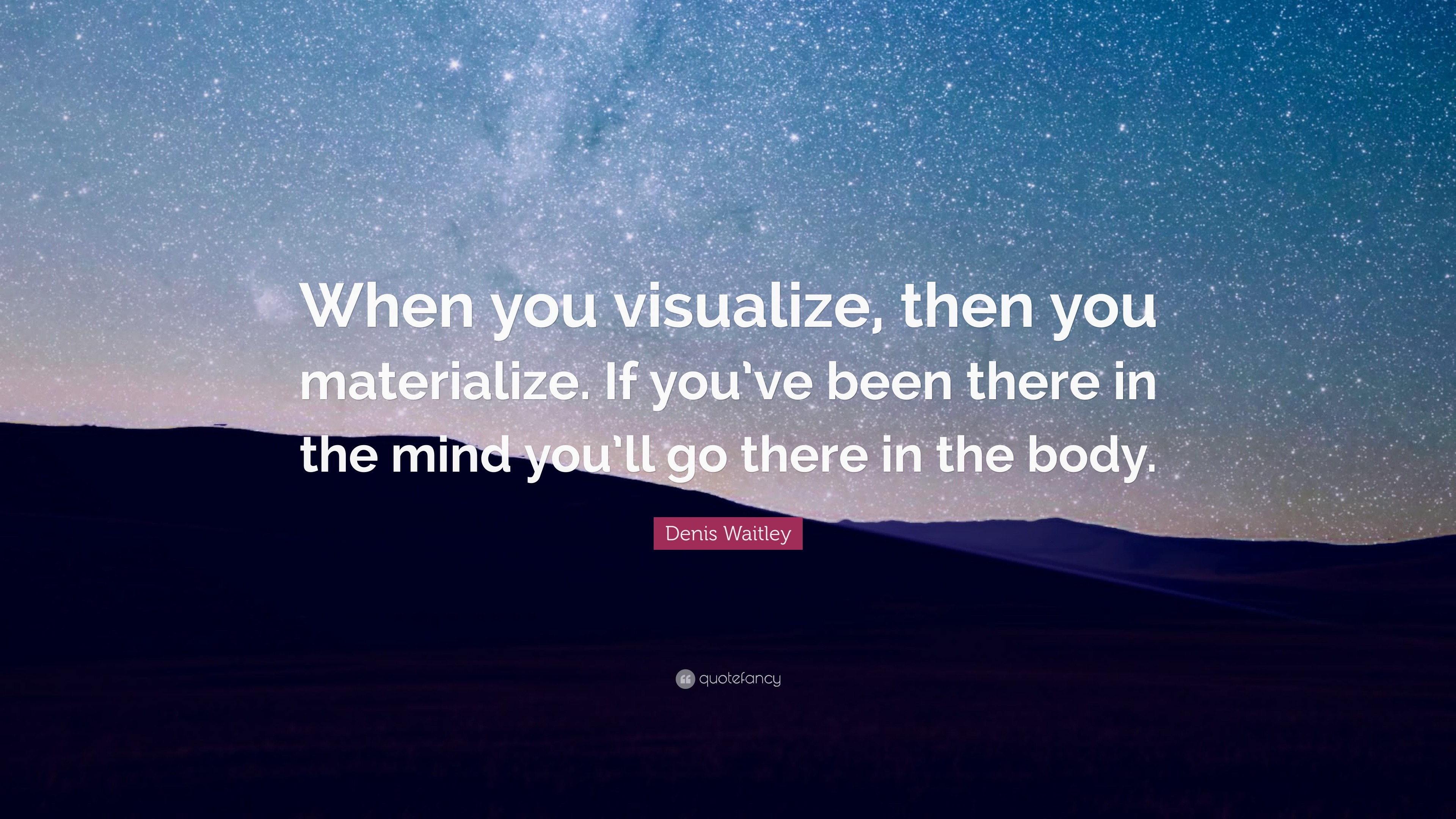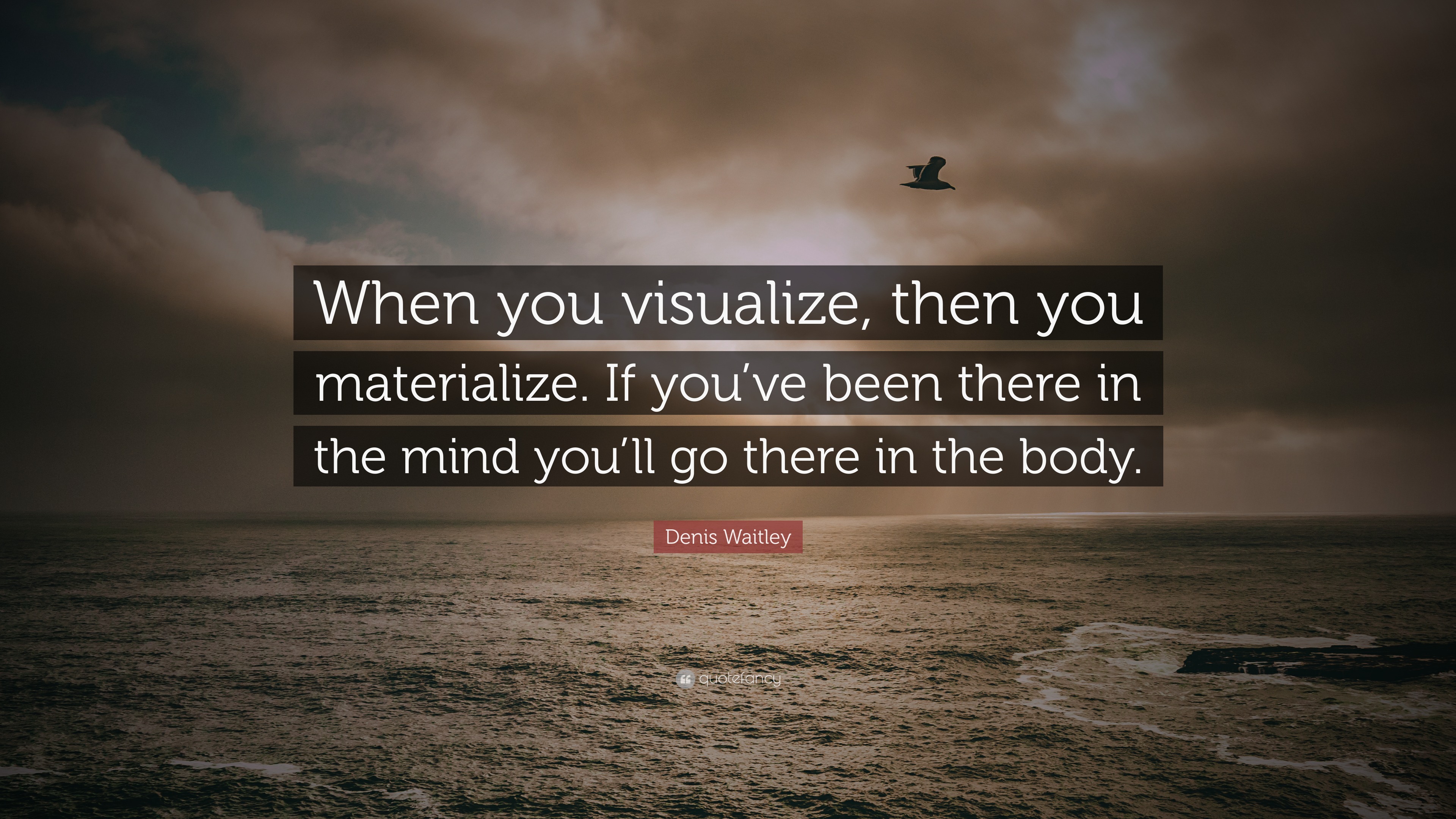

- Visualize it materialize it update#
- Visualize it materialize it full#
- Visualize it materialize it code#
Materialized views are a combination of a view and a table, and serve use cases similar to incremental models.Our Father’s Message given whilst at the Holy Communion Table, Circle Mission Church, 764-772 Broad Street, Philadelphia, PA., Friday Afternoon, March 5th, 1943 A.D.F.D., Time- 5:25 P.M.
Visualize it materialize it full#
Visualize it materialize it update#
apply (default) - attempt to update the existing database object if possible, avoiding a complete rebuild.The on_configuration_change config has three settings: Using dbt-postgres as an example, indexes canīe dropped and created on the materialized view without the need to recreate the materialized view itself. The object to implement the updated configuration. Make configuration changes directly to the object when possible, as opposed to completely recreating This materialization makes use of the on_configuration_change config, whichĪligns with the incremental nature of the namesake database object. The materialized view materialization allows the creation and maintenance of materialized views are only used in one or two downstream models, and.very light-weight transformations that are early on in your DAG.Advice: Use the ephemeral materialization for:.Overuse of ephemeral materialization can also make queries harder to debug.macros called via dbt run-operation cannot ref() ephemeral nodes)

You cannot select directly from this model.Ephemeral models can help keep your data warehouse clean by reducing clutter (also consider splitting your models across multiple schemas by using custom schemas).
Visualize it materialize it code#
Instead, dbt will interpolate the code from this model into dependent models as a common table expression. don't start with incremental models)Įphemeral models are not directly built into the database. Use incremental models when your dbt runs are becoming too slow (i.e.Incremental models are best for event-style data.Read more about using incremental models here. Cons: Incremental models require extra configuration and are an advanced usage of dbt.Pros: You can significantly reduce the build time by just transforming new records.Incremental models allow dbt to insert or update records into a table since the last time that dbt was run. Also use the table materialization for any slower transformations that are used by many downstream models.Use the table materialization for any models being queried by BI tools, to give your end user a faster experience.New records in underlying source data are not automatically added to the table.Tables can take a long time to rebuild, especially for complex transformations.When using the table materialization, your model is rebuilt as a table on each run, via a create table as statement. Views are best suited for models that do not do significant transformation, e.g.Generally start with views for your models, and only change to another materialization when you're noticing performance problems.Cons: Views that perform a significant transformation, or are stacked on top of other views, are slow to query.Pros: No additional data is stored, views on top of source data will always have the latest records in them.When using the view materialization, your model is rebuilt as a view on each run, via a create view as statement.


 0 kommentar(er)
0 kommentar(er)
